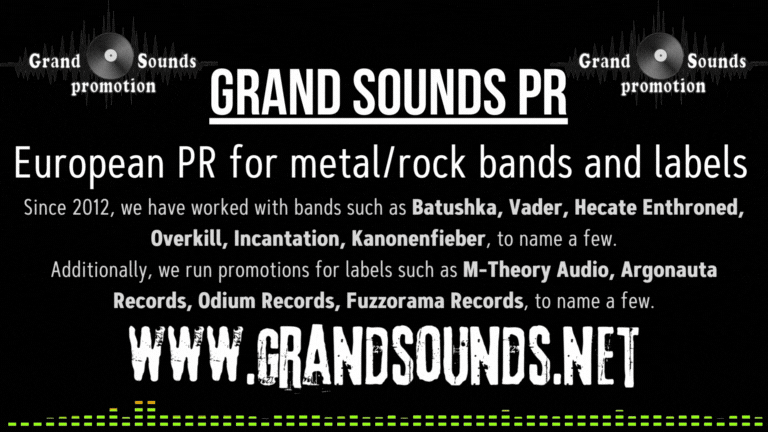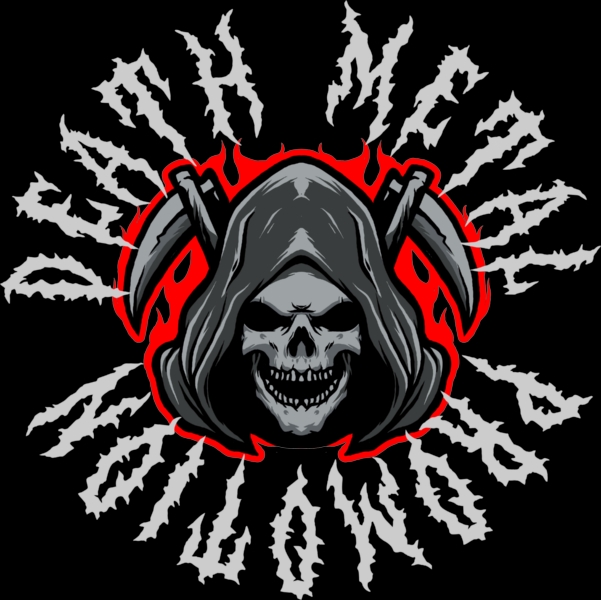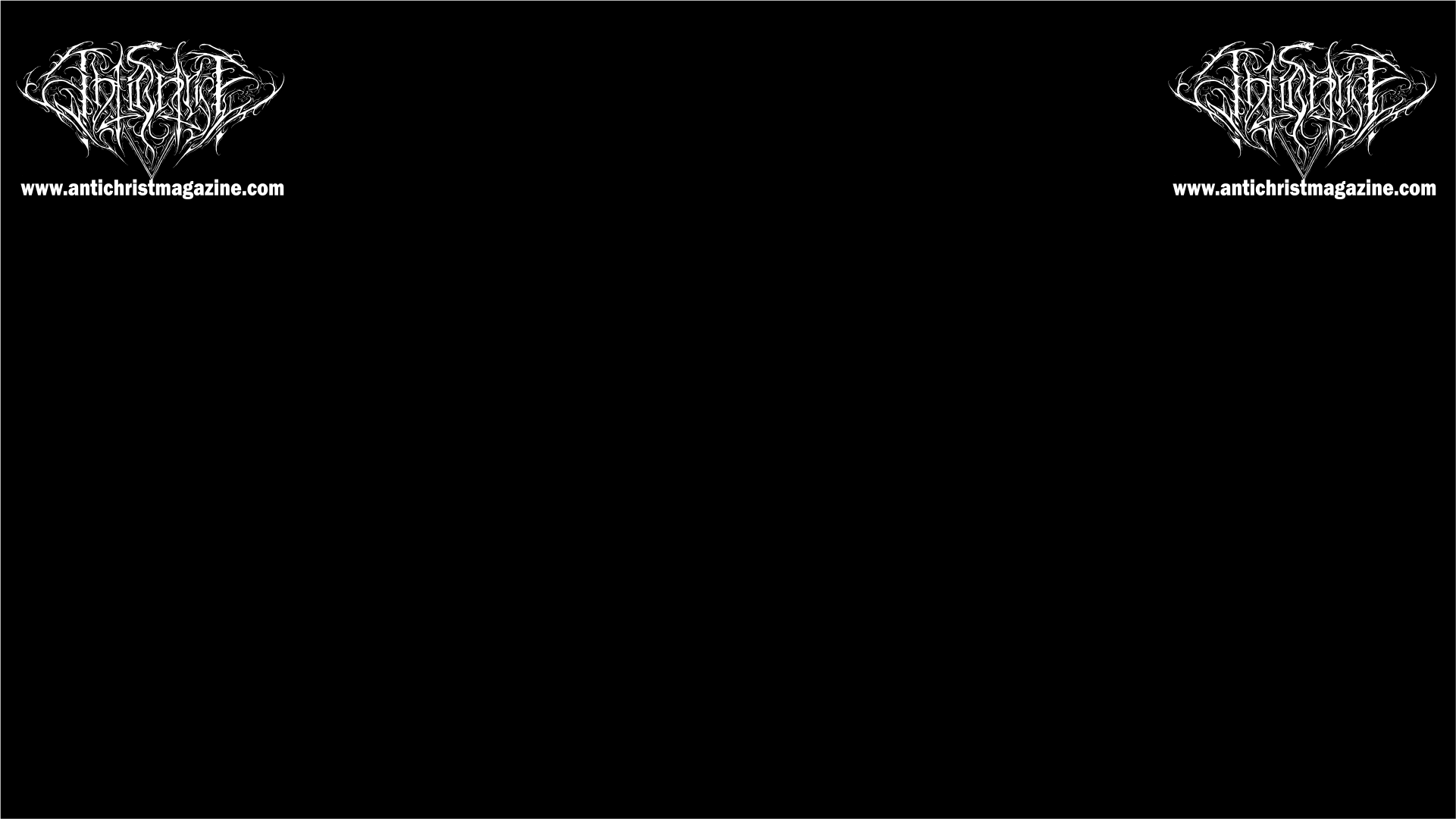| Rating 93% | |
|
Summary
Unique pedagogical death metal document |
%
|
|---|---|
| : 5 (1 votes) | |

Muhammed Suiçmez locks his lonesome self up in a studio, with his guitar, mic and a computer and records one of the most unique and influential metal works of all time. In hindsight it seems unbelievable ‘Onset of Putrefaction’ came out in 1999. In both musical style and production, it feels distinctly anachronistic, and sure enough, it turned out to be a prefiguring beacon for almost the whole upcoming modern tech-death scene. Before the turn of the millennium, technical death metal bands like Suffocation were producing music that essentially oozed with chaotic energy and brutal heaviness, infused with hi-gain profusion and ravaging drums and vocals. But despite the technical intricacies, those bands were irrevocably organic still. Necrophagist here took tech-death to the next step with a style far more clinical, cold, and nearly exceedingly precise.
Where tech-death typically had a propensity towards a certain meticulousness, ‘Onset’ is outright asepticized perfectionism bordering on the musical equivalent of an obsessive germophobia. The programmed drums add an extra dynamic of robotic exactness and inhuman placidity to the tracks and instead of sounding fake and a setback, they seem to help the album achieve that sort of modern pathological death metal edge. The guitars are fed a lower amount of gain that is conventional for any extreme metal, as the riffs feel more mobile and detailed than on contemporary releases of the time, again constituting an area of distinction and modernity. The concern for the potentially overly sanitized feel of the album, losing the original dirt of death metal, is usually discarded quickly after realizing the outrageous quality of the material track after track. The stereotypical low growl vocals are merely a conveyor of semantic meaning and the rhythmic instrument at the foreground of the mix, and they are neither a hindrance nor a particular advantage for the music and pass the standard death metal test.

The album is laudably balanced and judiciously paced, nearly flawlessly, like it had been examined under a microscope after each modification and reworked until every track felt like an optimal version of itself with nothing but efficiency from part to part. You’d be hard-pressed to find a section anywhere on this 35min album that objectively qualified as filler content. On the point of concise and efficient composition, the songs were interestingly given choruses, and not that this would be a novelty for the style but the choruses reflect the consistency of the songs at large and foster a terribly catchy drive to them, like the band have reconciled authentic death metal extremeness with a more traditional aspect of song seamlessly. Any listener of this record will hear the chorus play in their minds “To breathe in a casket” when reading that phrase, and the same with “Mutilate the stillborn” as just another example. The choruses are highly musical rather than loud death metal rackets, and instead of using synths or lead voice hooks like mainstream music would, Suiçmez uses his voice as the tone-setting metronome over complex yet mnemonic guitar patterns that simply work.
The riffs all squeeze the most out of scales like diminished arpeggio, whole-tone or chromatic moods as they make them fun by processing them into fluid, rhythmically enticing parts with the odd natural harmonic or stop as punctuation to the clever syntax. In that sense this album is something like a pedagogical death metal document and it would easily be one of the best available works to procure a novice listener a taste for this style. It makes death metal fun, but not in a commercial Dethklok-like type of way. This is still very much the real thing, only re-imagined and refined by an ingenious and undeniably gifted individual somewhere in Germany. Just lending an ear to ‘Culinary Hyperversity’ and its brutal energy should be enough to quiet doubts over the exact nature of this stuff.
The solos. An area that often splits fans of the record to two sides is the soloing. The ones saying “aye” point to the impeccable incorporation and execution of neoclassical lead guitar work into tech-death. The ones saying “nay” feel the solos all sound the same with minor environment changes. In all honesty, one could easily make the argument the album suffers from having been -too- influential, where some listeners might be guilty of practicing a revisionist undertaking of this as what it originally displayed here has become a cliché for the whole genre later, but was new and inventive back in ’99. It surely became somewhat gimmicky by the band’s second album, but it was inspired and authentic here where it all started.
One such section that particularly stands out is the whole instrumental middle section on ‘Culinary Hyperversity’. Suiçmez shows he can produce genuinely dark atmospheres amidst the hectic trigger-happy frenzy. It starts off plunging the track into a mid-paced harmonized arpeggio articulation trading off with a perplexing lead phrase pushed into the background heavy with delay, all glowing with a ghostly aura and drenched in a quiet terror, like a cold and detached introspective digression. The solo that follows is poignant with drama and a climactic passion rarely heard on any album for the style, culminating in that recurring lead leitmotiv introduced with a dissonant bend crying out with existential affliction.
How often could you confidently assert every single song is totally distinct from the others on a given death metal record, the way radio songs are distinct from one another ? This isn’t a band that thought it found the magic formula and overused it repeatedly to crap out a same-sounding mundane trite fest. There’s no cheating on this. There are no shortcuts. It’s all built-from-scratch material from an individual who obviously made it a point to be self-critical and refused the temptation of self-indulgence after putting a few pieces together successfully. This album doesn’t settle for being interesting on just one level. It aimed for a higher purpose from the start, and truth be told it achieved its most ambitious goal of being 8 different tracks with a totally different vibe, that were catchy as hell for each and every last one. This is one that simply cannot be overlooked, for its rare intrinsic quality and massive influential momentum going forward, and is certainly one of the few truly great death metal albums of all time, with the particularity of transcending the genre and being a potential interest for the non death metal specialist.
Release date: September 14th, 1999
If you really would like to support Antichrist, you can just Share our article.
You can also support Antichrist by sending a couple bucks to cover some webhosting expenses. =>> PayPal



